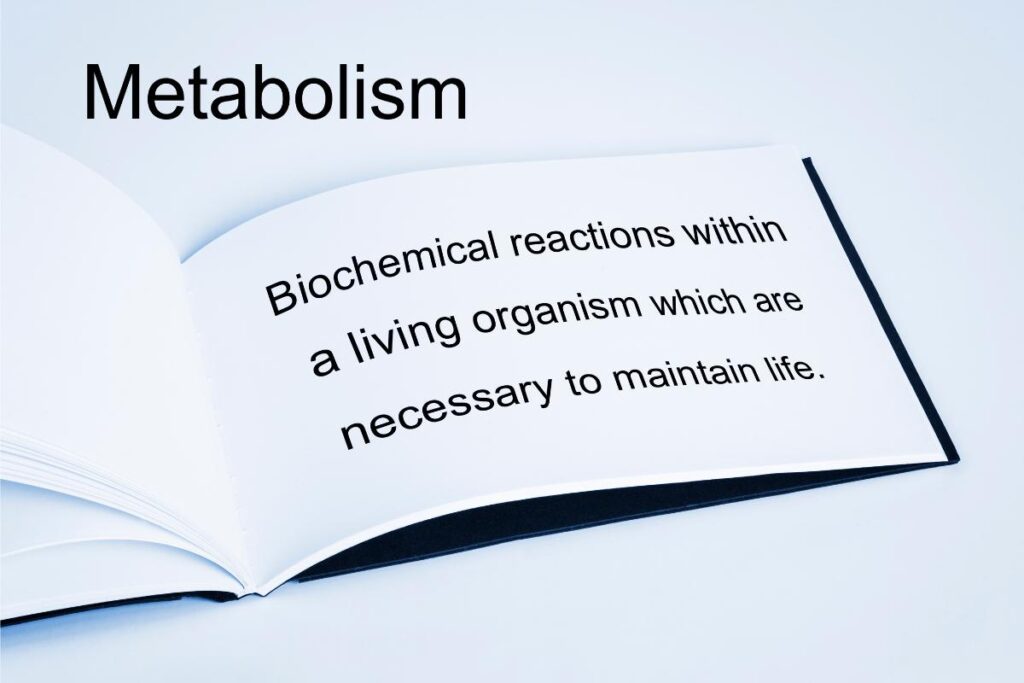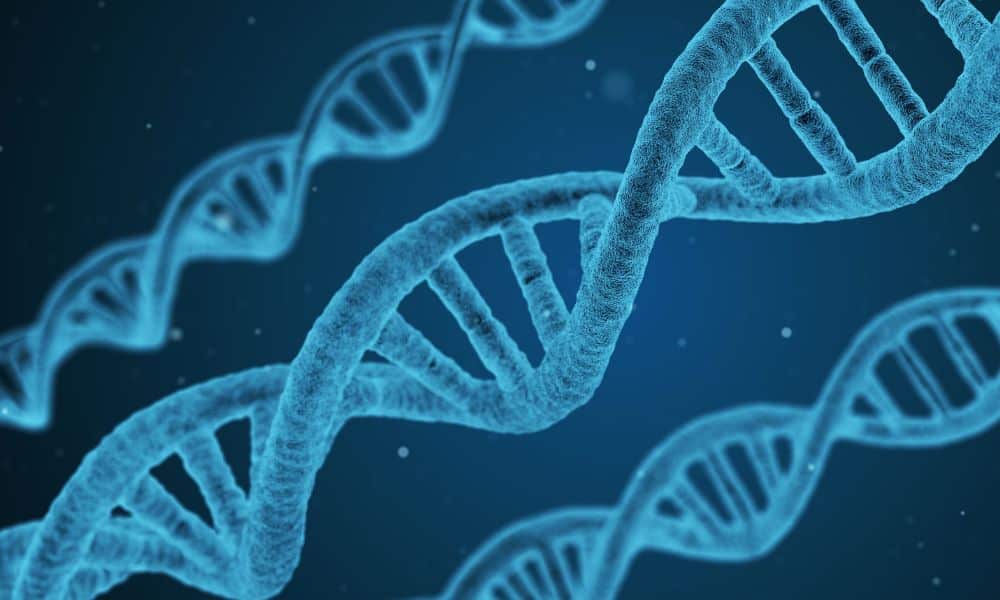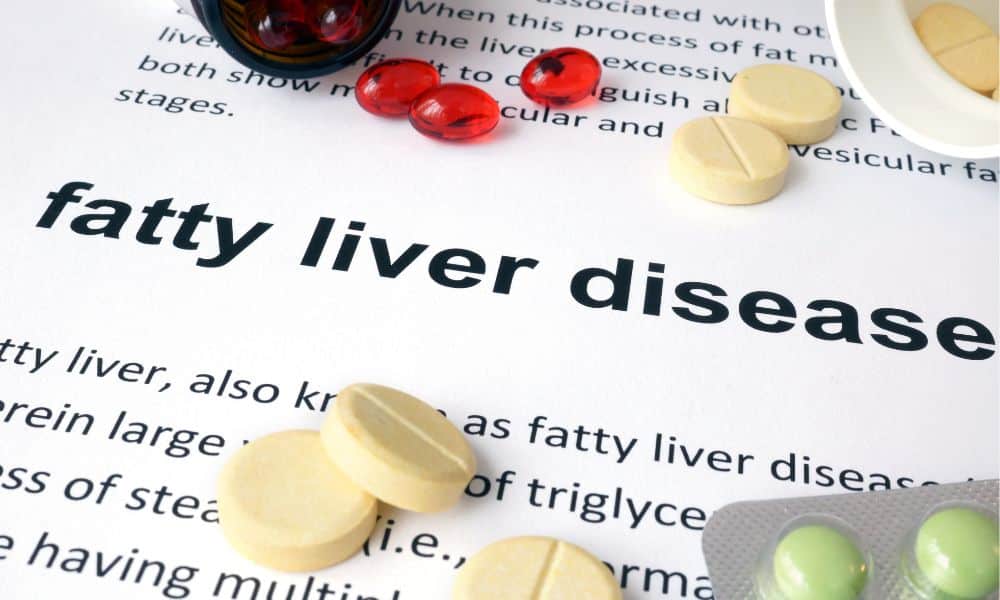Why is metabolic adaptation extremely effective at helping you reach your fitness goals? Reaching your fitness goals is a journey that demands dedication, discipline, and an understanding of your body’s intricate mechanisms.
One critical aspect of this journey is metabolic adaptation. What is metabolic adaptation? It is the process through which your body adjusts energy expenditure and consumption to accommodate changes in your activity levels and dietary intake. In short, your body will respond to any and everything you do.
Therefore if you know how it responds to a stimulus, you can do the things to get the changes you desire and avoid the things you don’t want your body to adapt to. By harnessing the power of metabolic adaptation, you can optimize your fitness efforts, overcome plateaus, and achieve your desired fitness goals effectively and sustainably.
Understanding Metabolic Adaptation
Metabolic adaptation refers to the body’s ability to adapt its metabolic rate in response to energy intake and expenditure changes. When you start a new fitness regimen, such as increasing your physical activity or modifying your diet, your body initially burns more calories to support the added demand. This can lead to weight loss or improved fitness levels. However, over time, the body’s metabolic rate can adjust to these changes, resulting in a plateau or a slowdown in progress.
To best use metabolic adaptation to your advantage, it’s essential to comprehend the factors influencing your metabolism and how to manipulate them strategically.
Gradual Progression
Avoid making drastic changes to your diet or exercise routine when aiming to boost your metabolism. Instead, focus on gradual progression. Minor, consistent adjustments over time can help keep your metabolism firing efficiently without triggering the body’s natural response to conserve energy.
Vary Your Exercise Routine
Incorporate cardiovascular exercises, strength training, and flexibility exercises into your fitness regimen. Varying your workouts challenges different muscle groups and prevents your body from adapting too quickly. This approach also enhances the afterburn effect, where the body burns calories even after exercise.
High-Intensity Interval Training (HIIT)
HIIT is an excellent tool for metabolic adaptation, as it involves short bursts of intense activity followed by brief recovery periods. This method maximizes calorie burn and stimulates the body to adapt to increased energy demands. Additionally, HIIT workouts can be more time-efficient compared to traditional steady-state exercises.
Strength Training and Muscle Mass
Strength training helps build lean muscle mass and is crucial to metabolic adaptation. Muscle tissue requires more energy to maintain than fat tissue, meaning the more muscle you have, the higher your resting metabolic rate will be. Incorporate resistance exercises into your routine to preserve and build muscle as you work towards your fitness goals.
Nutrition and Caloric Intake
Understanding the connection between metabolism and nutrition is vital. Avoid crash diets and extremely low-calorie intake, which can trigger metabolic slowdown and muscle loss. Instead, focus on a balanced diet with a moderate caloric deficit, comprising nutrient-dense foods to support your energy needs.
Meal Timing
Eating smaller, frequent meals throughout the day can help keep your metabolism active. This approach prevents your body from entering starvation mode, a state where it conserves energy by slowing down metabolism.
Stay Hydrated
Proper hydration is essential for a healthy metabolism. Water involves numerous metabolic processes, and staying hydrated can help optimize your body’s energy-burning capabilities.
Prioritize Sleep
Lack of sleep can negatively impact your metabolism and hinder progress toward your fitness goals. Aim for 7-9 hours of quality sleep per night to support optimal metabolic function.
Conclusion
Metabolic adaptation is a powerful ally in your fitness journey but requires a well-thought-out and patient approach. By understanding how your body responds to changes in diet and exercise and incorporating the strategies mentioned above, you can harness the potential of metabolic adaptation to reach your fitness goals effectively and maintain your progress over the long term.
Consistency and dedication are essential, and listening to your body throughout the process is vital. Consult with a healthcare professional or a certified fitness expert to personalize your approach and ensure you’re on the right track toward a healthier, fitter you.
If you or someone you know is looking to improve your health, share this article on Facebook or Twitter so that others can learn more about self-care.




